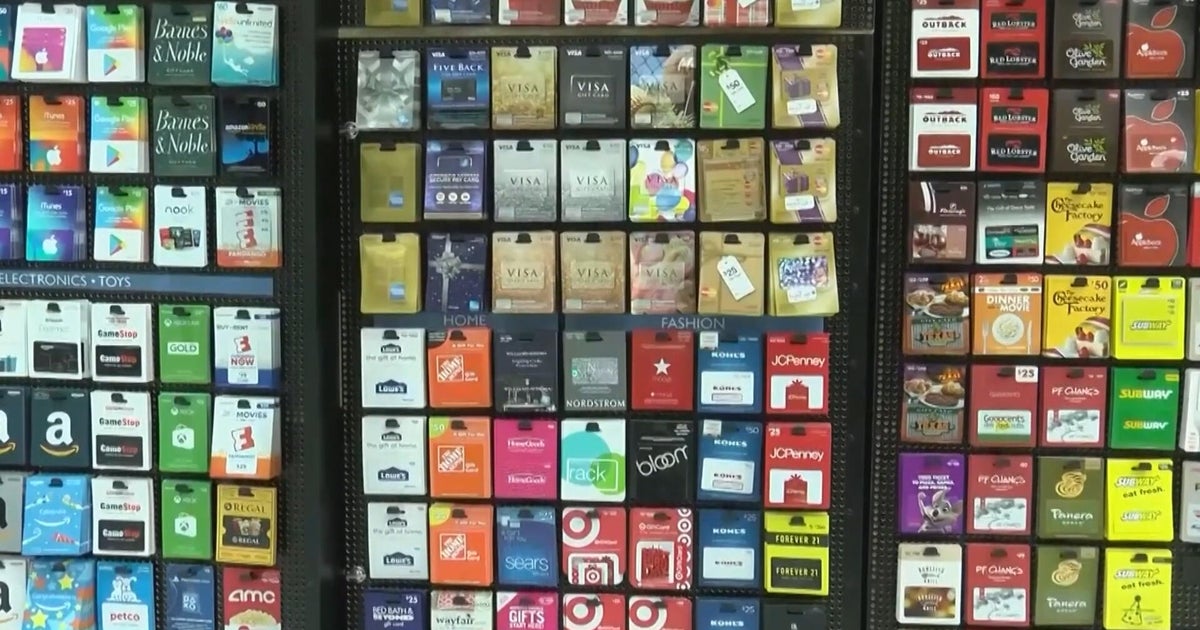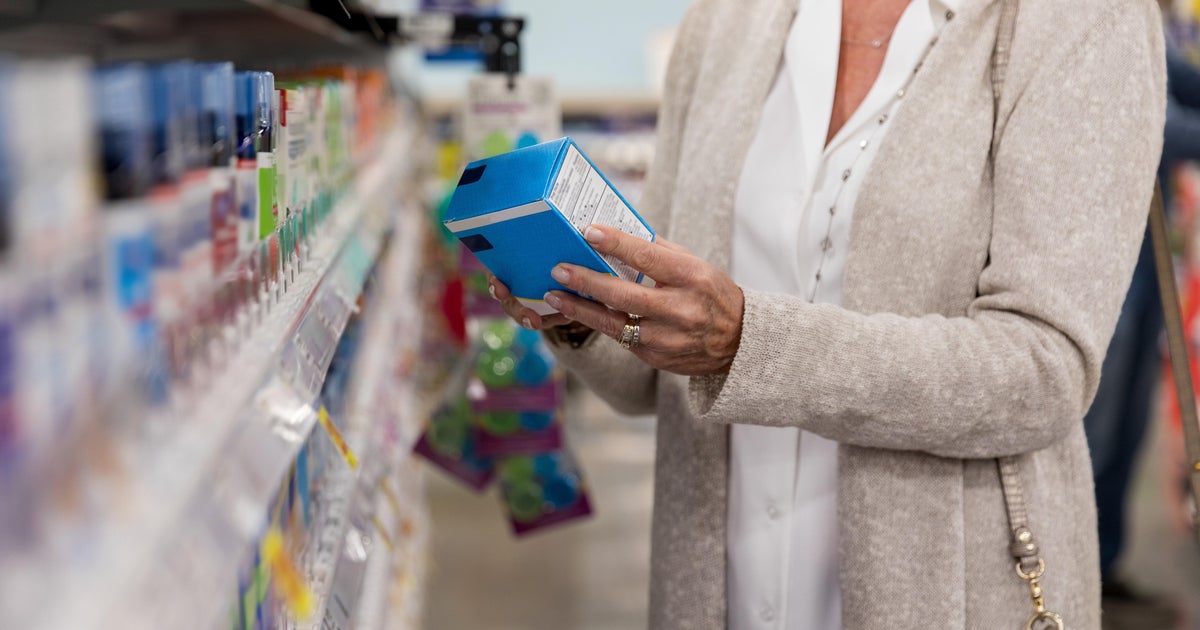AI is taking retailing to new dimensions
Chances are you'll encounter artificial intelligence someplace in your shopping experience this season, from meals to gifts like clothing and electronics.
And it won't be just Amazon's Alexa you're greeting. AI is seeping into all aspects of retail, right before our eyes, in stores and, of course, on screen.
"Think about Sephora using chatbots for sales and service, Amazon enabling commerce through Echo devices, Walmart and The Home Depot announcing tools for Google Home, and 1-800-Flowers offering a dialogue-based shopping assistant," a recent report from Forrester Research noted.
While Forrester predicted AI "will become real for retail," with online sales accounting for up to 14 percent of the US total next year, another aspect of technology is far more pervasive. More than half of total sales will be influenced by "digital touchpoints" as retailers move to blend the digital with physical, Forrester wrote.
Grocery stores are at the top of that list as "digital retail for grocery will take hold in earnest," according to the report.
Messaging apps, online shopping, payments and even eating were being digitally coordinated long before this year's surprise purchase of Whole Foods by Amazon (AMZN), a recent story from Business Insider points out.
The market for AI in global retail will rise to $5.03 billion by 2022, a 38 percent compound annual growth rate, a recent forecast from Research and Markets predicted. That would be up from $993.6 million this year.
While inventory and supply-chain use is still the biggest reason for the increase, machine learning, so-called deep learning and natural-language processing will also seep more and more quickly into retail.
But before the machines take over completely, concerns about privacy and a lack of skilled human staff may curb growth, Research and Markets said.
In-store retail jobs -- think floor associate or cashier -- will suffer even more as automation and AI creep in, according to an analysis from CB Insights released earlier this fall. Traditional retail salespeople are at "medium risk," with 4.6 million such jobs on the line, CBI said.
Americans expect more than half of all stores will likely be fully automated, involving little human interaction in the next 20 years, according to an October report on how Americans view automation from the Pew Research Center.
Retailers and tech companies are increasingly partnering to stay ahead. And in a business with razor-thin profit margins and fickle customers, every advantage counts.
"AI can decide for the retailer what items to show to shoppers and how to display and present them, and it can re-create the interaction that the shopper experiences with store associates at brick-and-mortar stores by guiding and advising the customer," a recent report from Fung Global Research said.
Today, retailers use AI in three main ways: personalization, customer service and inventory management, the Fung Global report said. Computerized supply-chain management -- how a company regulates how much inventory is available, where and how quickly it can be used to fill orders -- will be crucial, the report said.
Chatbots, programs generally used online to converse with a computer that acts like a person, are likely to become more pervasive as they improve, helping retailers tailor offerings to customers' buying habits and needs. Chatbots can also provide vital data to human resources, merchandise buyers and inventory managers.
That can dramatically help a company's bottom line, Michael Feindt, founder of Blue Yonder, said in an interview featured in the Fung report. Blue Yonder provides machine learning tools to retailers, according to its website.
"AI-powered supply chain and pricing solutions are often the decisive differentiator between profit and loss, and are eminently important to survive in a competitive market with small margins," Feindt told the researchers.
Even clothing designers are changing how consumers find and buy, beyond plugging in measurements and colors for custom-made pieces or providing entire ensembles.
A system being developed by the University of California, San Diego and Adobe (ADBE) might give retailers a way to go beyond targeting what you consider fashionable based on how you shop, according to a recent piece in MIT Technology Review. It could also predict what you might want next -- and then make it for you.





